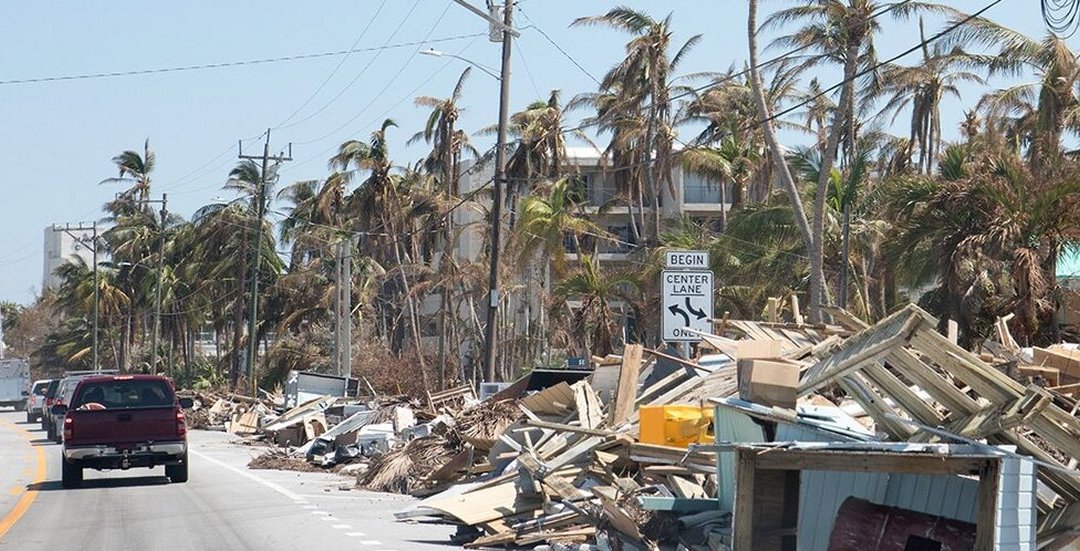Getting ready for disasters saves $6 for every $1 spent
If someone told you that setting aside a dollar today would likely save you six dollars down the road, you’d probably do it, right? Well, that’s the payoff for emergency preparedness, according to a recent study.
The study by the National Institute of Building Sciences (NIBS), Natural Hazard Mitigation Saves: 2017 Interim Report, looked at disaster mitigation investments made by the Federal Emergency Management Agency, the Economic Development Agency, and Housing and Urban Development. The 6-1 dollar ratio is up from 4-1 in 2005.
According to the National Oceanic and Atmospheric Administration, 2017 was the costliest year for natural disasters in U.S. history at $306 billion, breaking the previous record in 2005, which was $100 billion less. More frequent events fueled by climate change will demand even larger future outlays.
“Given the rising frequency of disaster events and the increasing cost of disaster recovery across the nation, mitigation actions are crucial for saving money, property, and, most importantly, lives,” the report said. “Activities designed to reduce disaster losses also may spur job growth and other forms of economic development.”
Because healthcare facilities of various types and sizes are found in every community across the U.S., it would stand to reason that the cost-benefit numbers would be of great interest to their management teams. This is especially true because, since November 2017, the Centers for Medicare & Medicaid Services have required that 17 types of healthcare facilities prepare for disasters.
A February 13, 2016, news analysis in The New York Times – “Can Health Care Providers Afford to Be Ready for Disaster?” – quoted former Health and Human Services Secretary Donna E. Shalala’s prepared remarks for a Congressional hearing on biological threats.
“Preparedness of our hospitals rises to the forefront each time a natural disaster (e.g., Hurricane Katrina) or significant pandemic (e.g., Ebola) occurs,” Shalala wrote. “We want to see more deliberate and systematic planning.”
Traci Curtis of the Center for Improvement in Healthcare Quality, or CIHQ, said that hospitals continue to struggle to comply with regulations requiring emergency preparedness.
“Even though CIHQ provides tools and resources to assist its hospitals in complying, the hospitals don’t always allocate the necessary resources to assure that policies, processes and systems are implemented in order to deal with an emergent situation,” said Curtis, CIHQ executive director of survey operations. “When something like a hurricane or earthquake occurs, facilities find themselves unprepared. This will then get their attention and prompt them to take action to get themselves in a better position to survive another emergency.”
“We believe that it would be in the best interest of all facilities to partner with companies such as CIHQ and Readiness Associates to proactively prepare for the worst, rather than fail to have it in place when needed.”
Readiness Associates, a strategic partner of CIHQ, delivers complete services to assure Fortune 1000 companies and healthcare organizations are ready for disasters and emergencies and compliant with existing federal regulations. Michael Boardman, Readiness Associates CEO, noted that the NIBS interim report bears out the cost-effectiveness of emergency preparedness.
“When emergency preparedness leaders realize that $6 more is spent in actual disaster relief, response or loss recovery versus $1 in prevention, I expect that more organizations and their leaders will commit to improved training and operational continuity,” Boardman said. “Unfortunately, many organizations can’t prioritize the time, money or human resources they need. Readiness Associates is doing more to help clients identify the resources they need to save money and protect the lives of their employees and families.”

